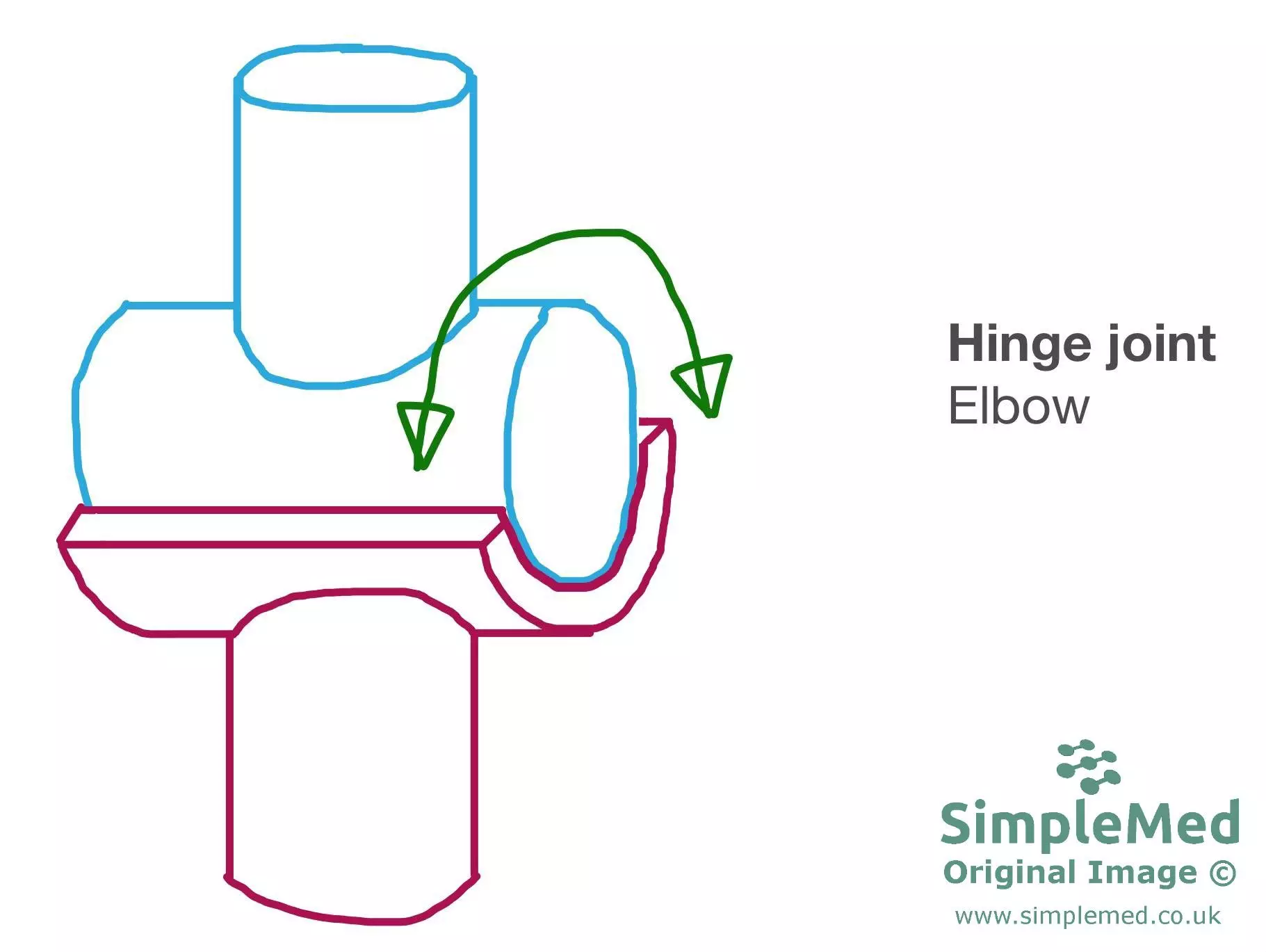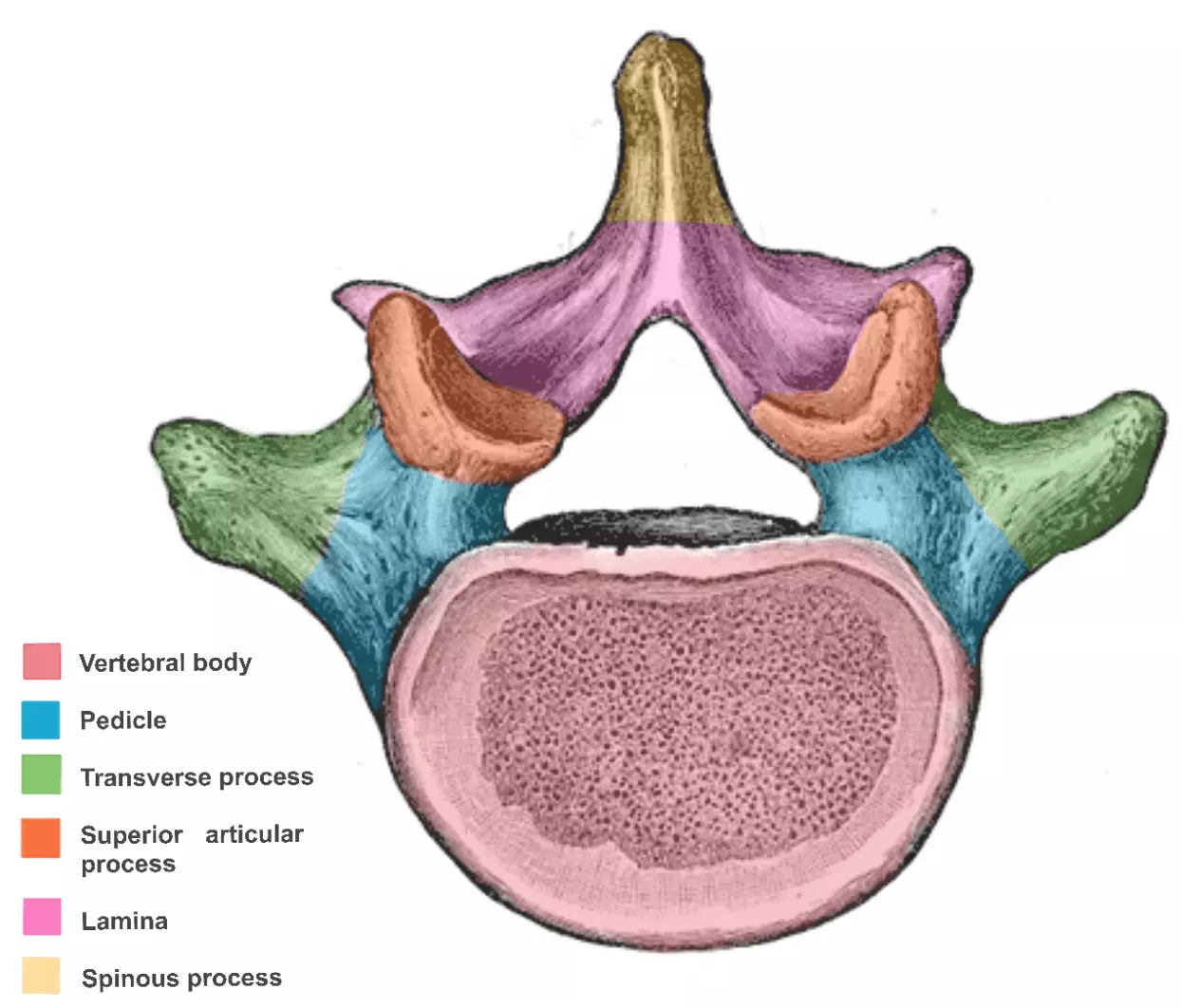Musculoskeletal System
Learn the Anatomy of the human skeleton and how it interacts with the muscles of the body; understand the innervations, blood supply and actions of each individual muscle to build a good perspective of how the body works as a unit.
Click a title to view the article on the topic and its associated quiz!
The Human Body
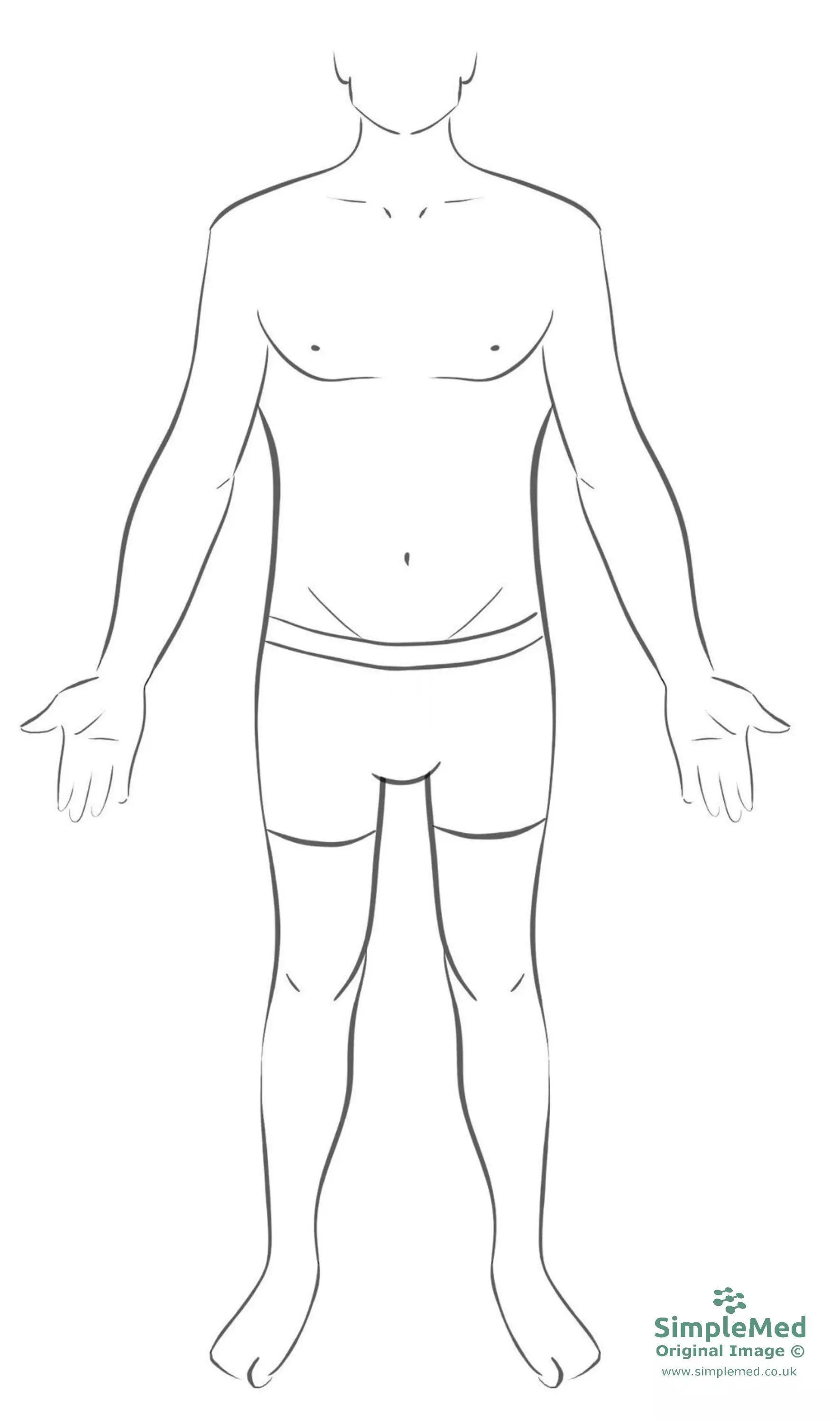
- Understand what is meant by the anatomical position
- Be able to use anatomical descriptions correctly
- Be able to describe movements using anatomical language
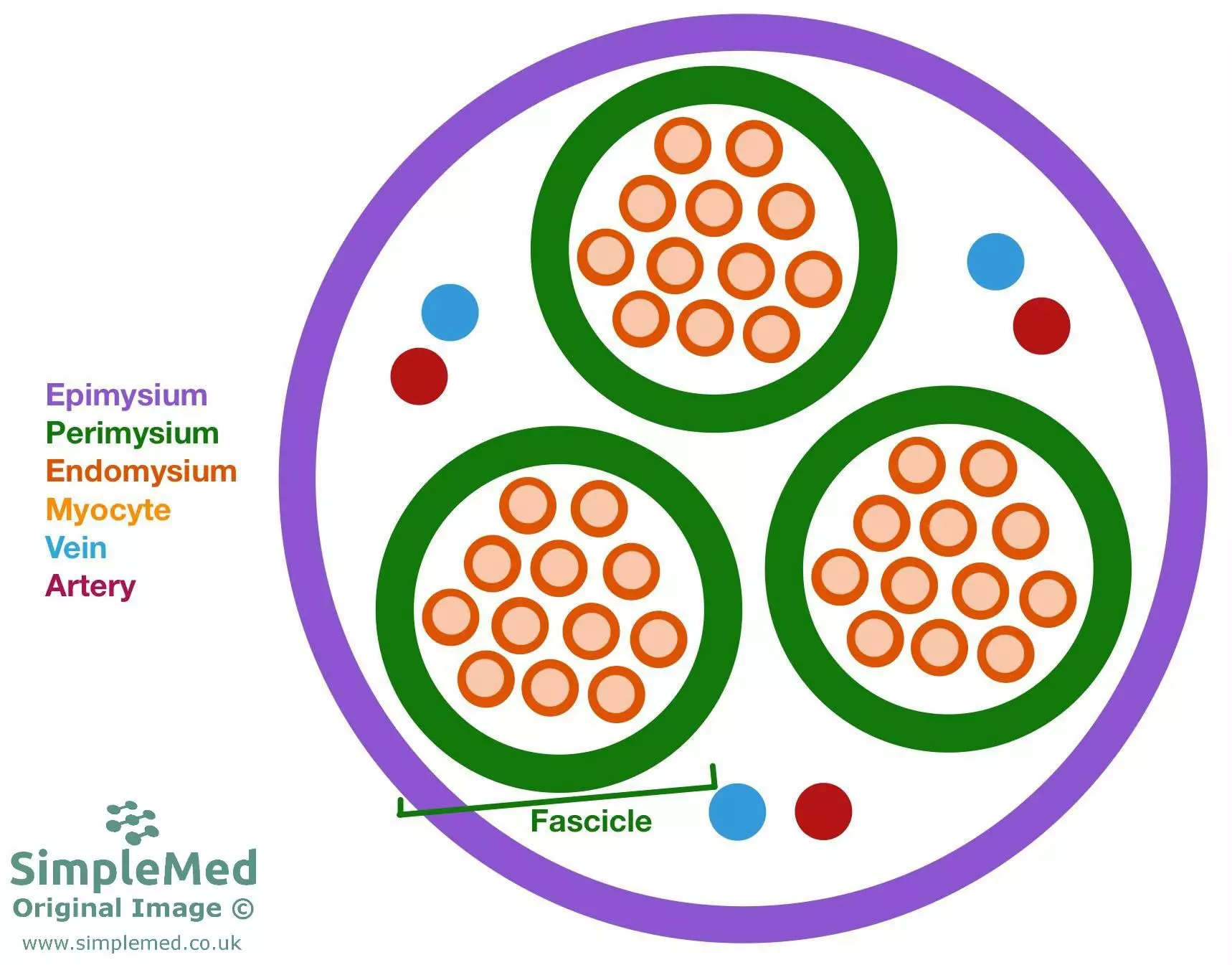
- To be able to describe the differences in appearance of muscle cells in skeletal, cardiac and smooth muscle.
- To be able to describe the organisation of muscle fibres to create a muscle.
- To be able to describe structures of actin and myosin, and how they interact to cause muscle contraction.
- To be able to name and explain the appearances of the sections of a sarcomere.
- To understand the organelles present in a myocyte, and to explain how they are specialised.
- To describe the regenerative capabilities of each type of muscle.
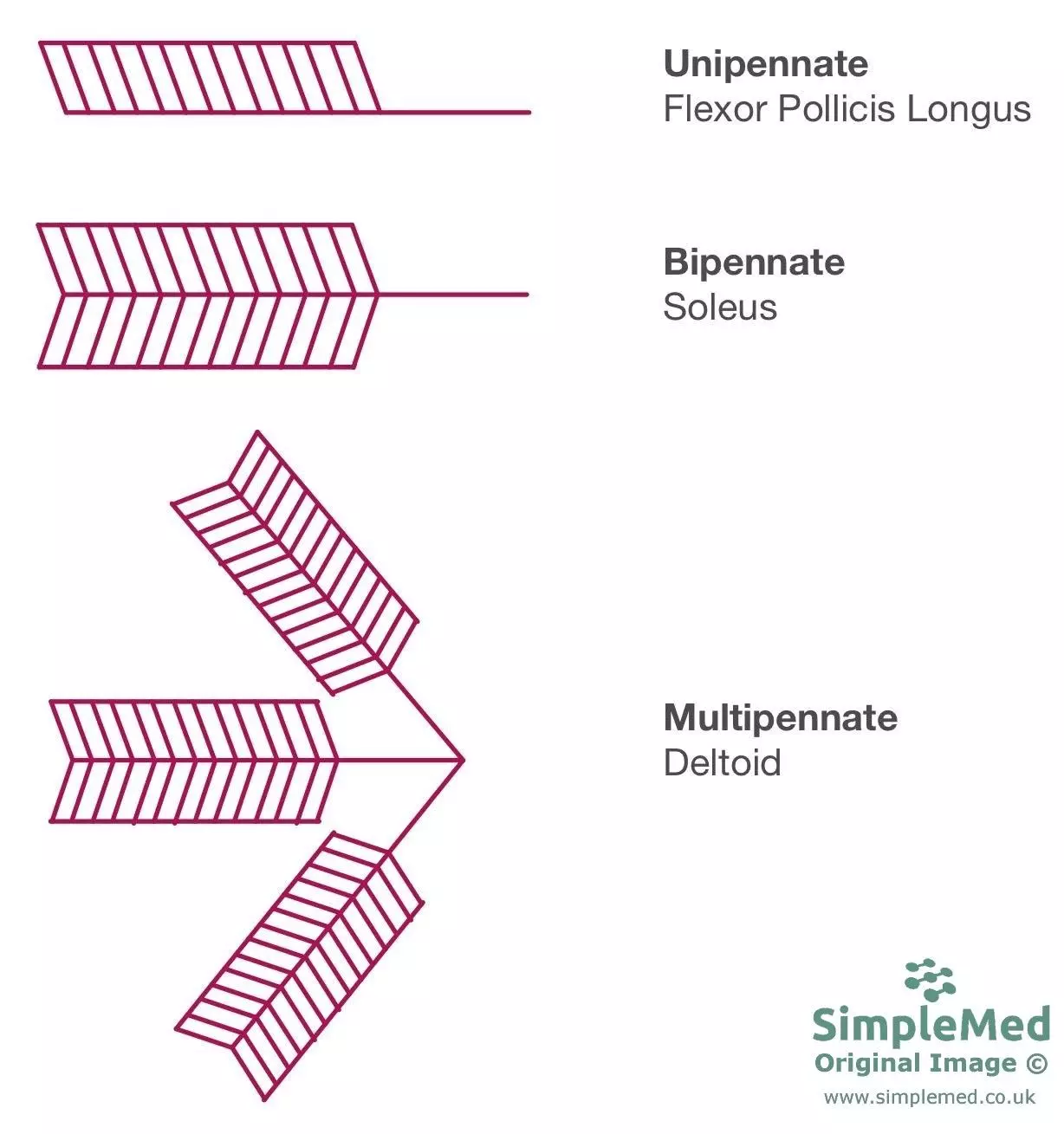
- To describe the priciples of origins and insertions of muscles
- To understand the actions of muscles and how to determine this from origins, insertions and directionality
- To understand the types of shapes of muscles and how this relates to their function
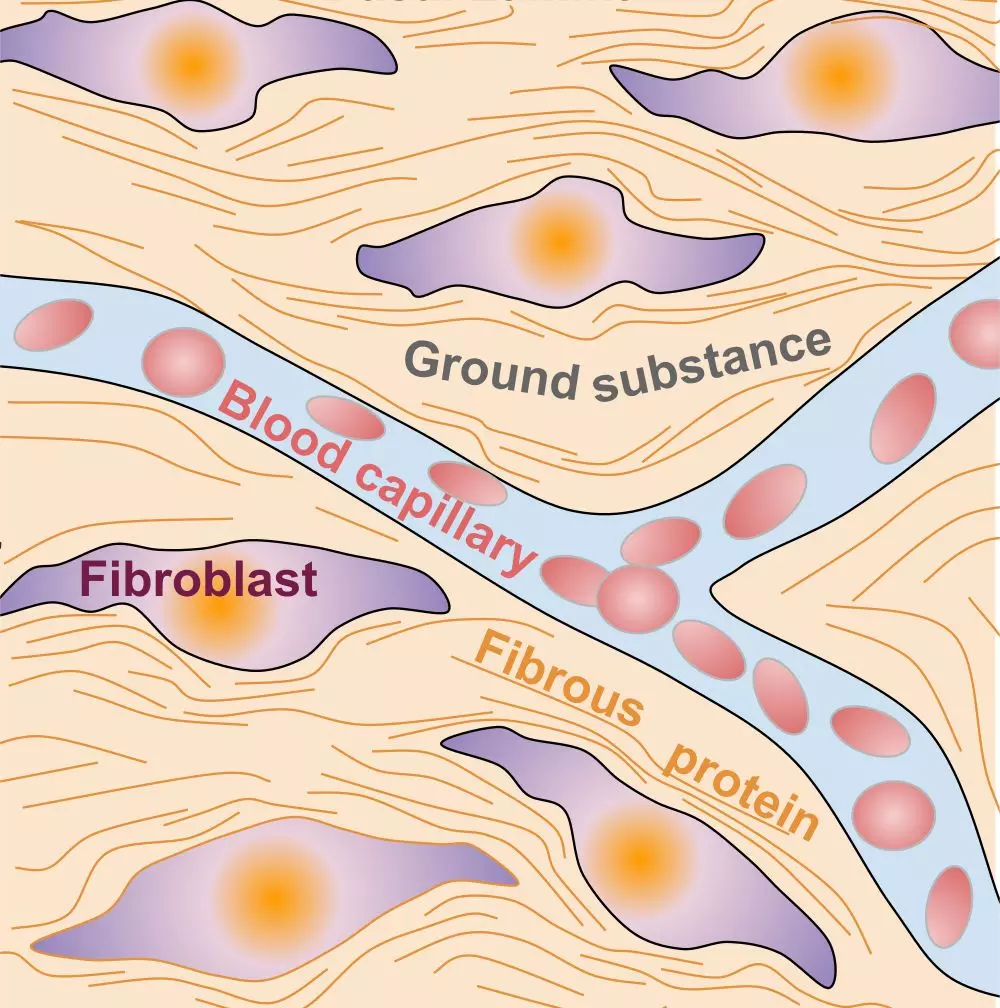
- Understand the construction, types and roles of connective tissues within the human body.
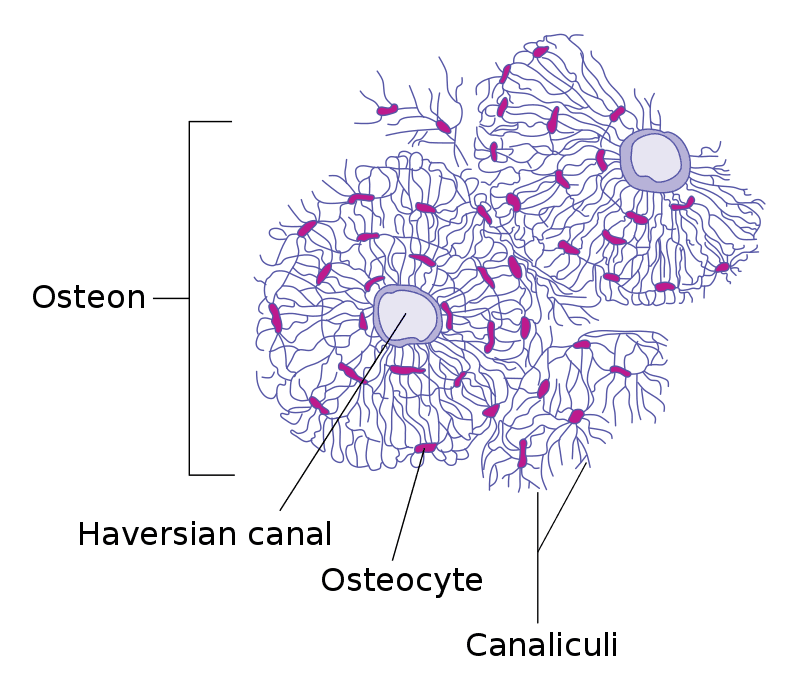
- Recall the types of cells within bone tissue and their roles in the management of bone density
- Understand the structure of bone and how this relates to function
- Understand the process of how bone is created and destroyed
- Have an awareness of common pathologies associated with the ossification process
- Understand the basics of fracture repair
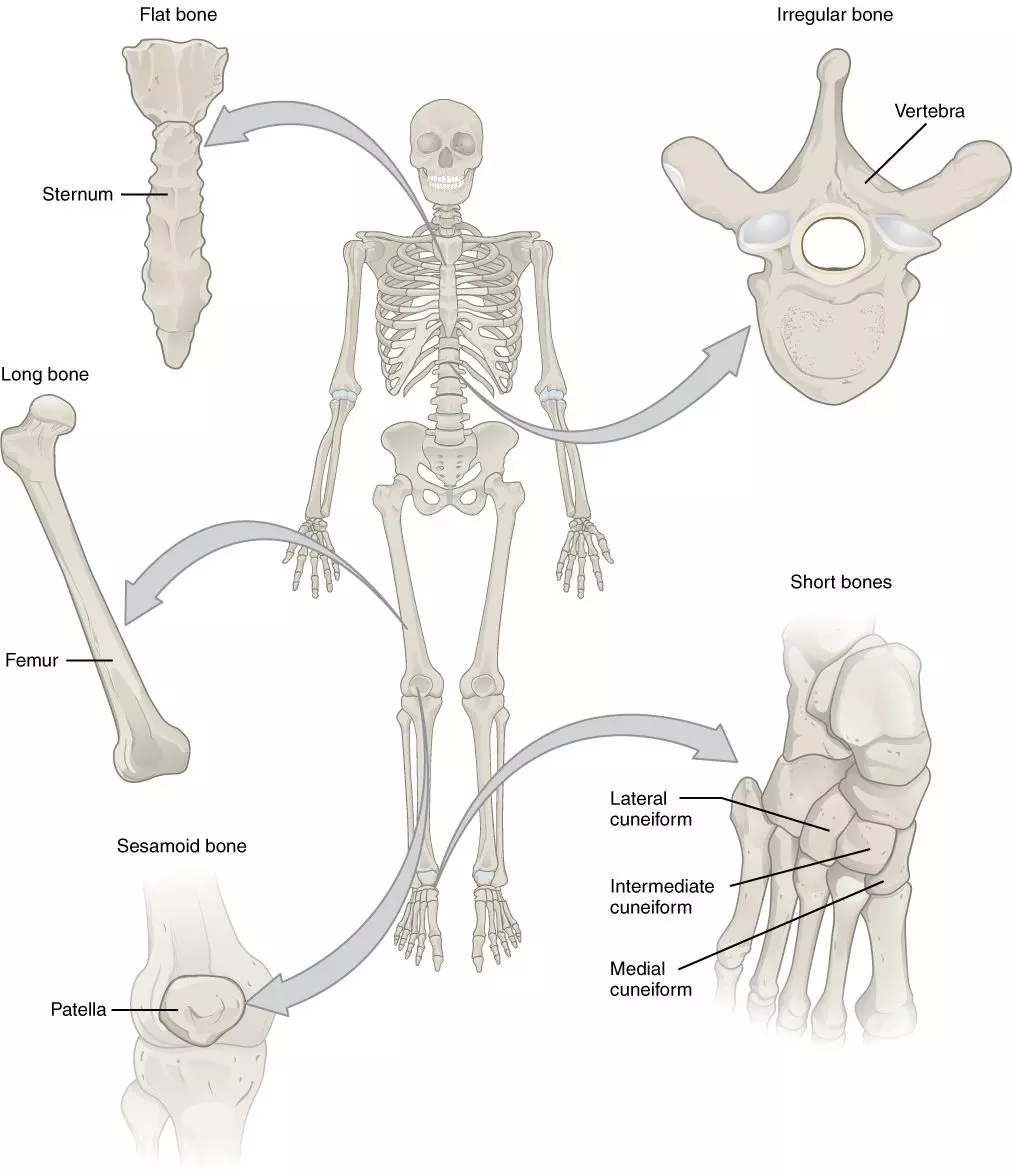
- Understand bone shapes and their role within the human body
- Understand the key functional bones in the body
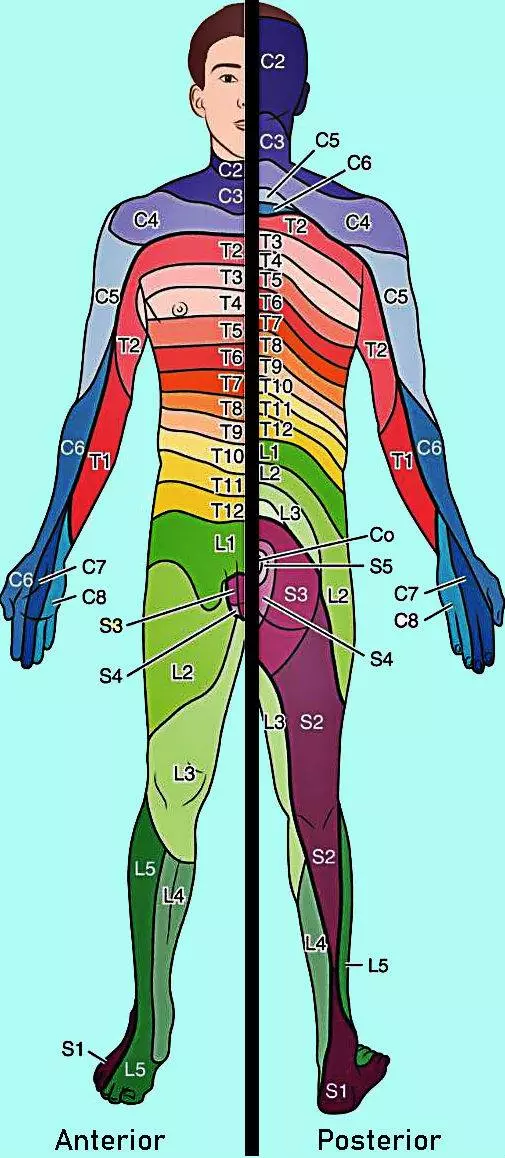
- Understand the development of the spinal cord and how this relates to the motor and sensory functions we experience
- Recall the areas of the dermatome/myotome map from memory
- Recall the myotome functions based on myotome roots
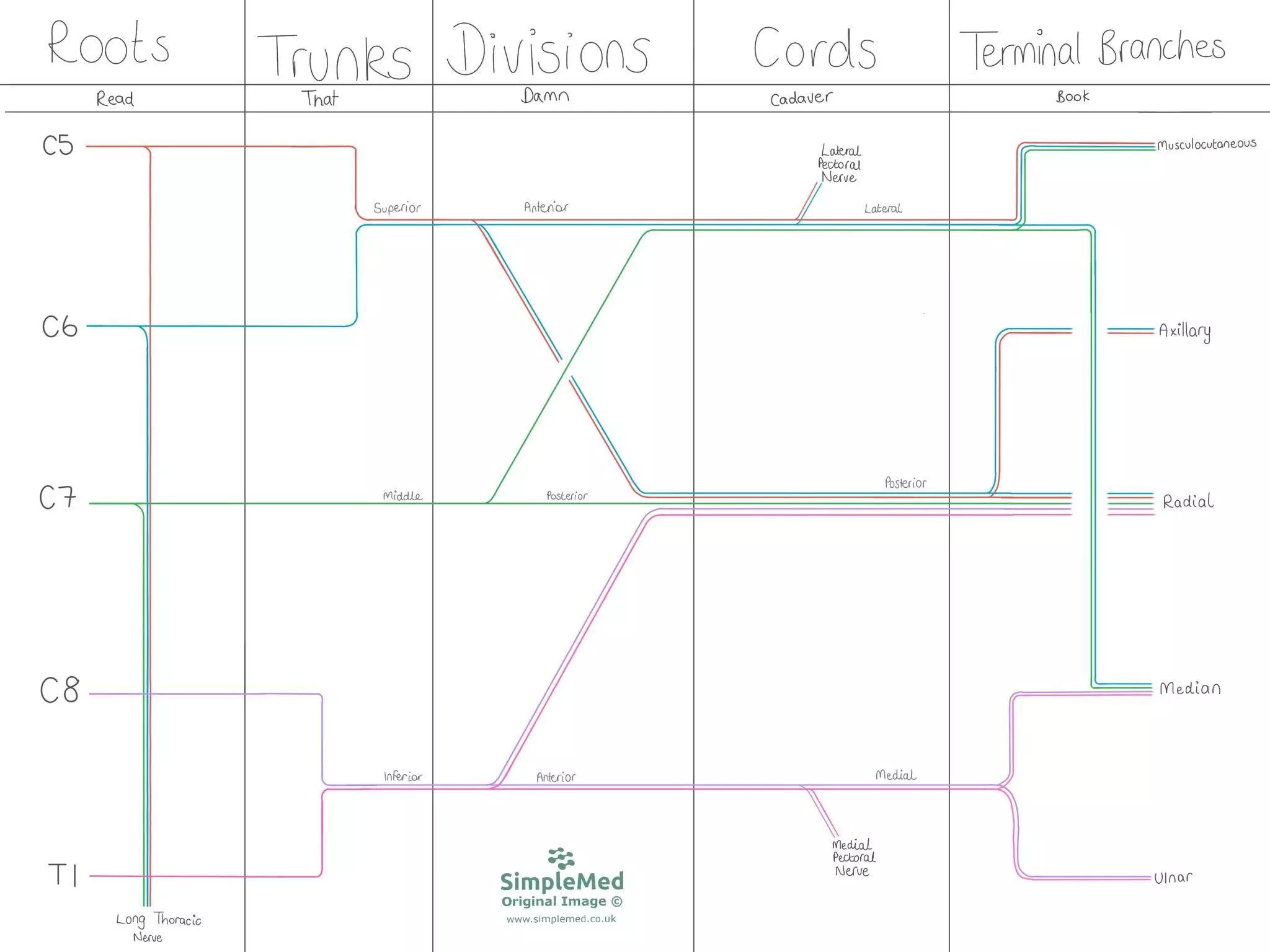
- To recall the parts of the Brachial Plexus, including the roots and peripheral nerves
- To recall the functions of the peripheral nerves and how these relate to the roots
- To be able to use the "Brachial Plexus Story" to help recall these functions
- Understand the consequences of damage to the Brachial Plexus
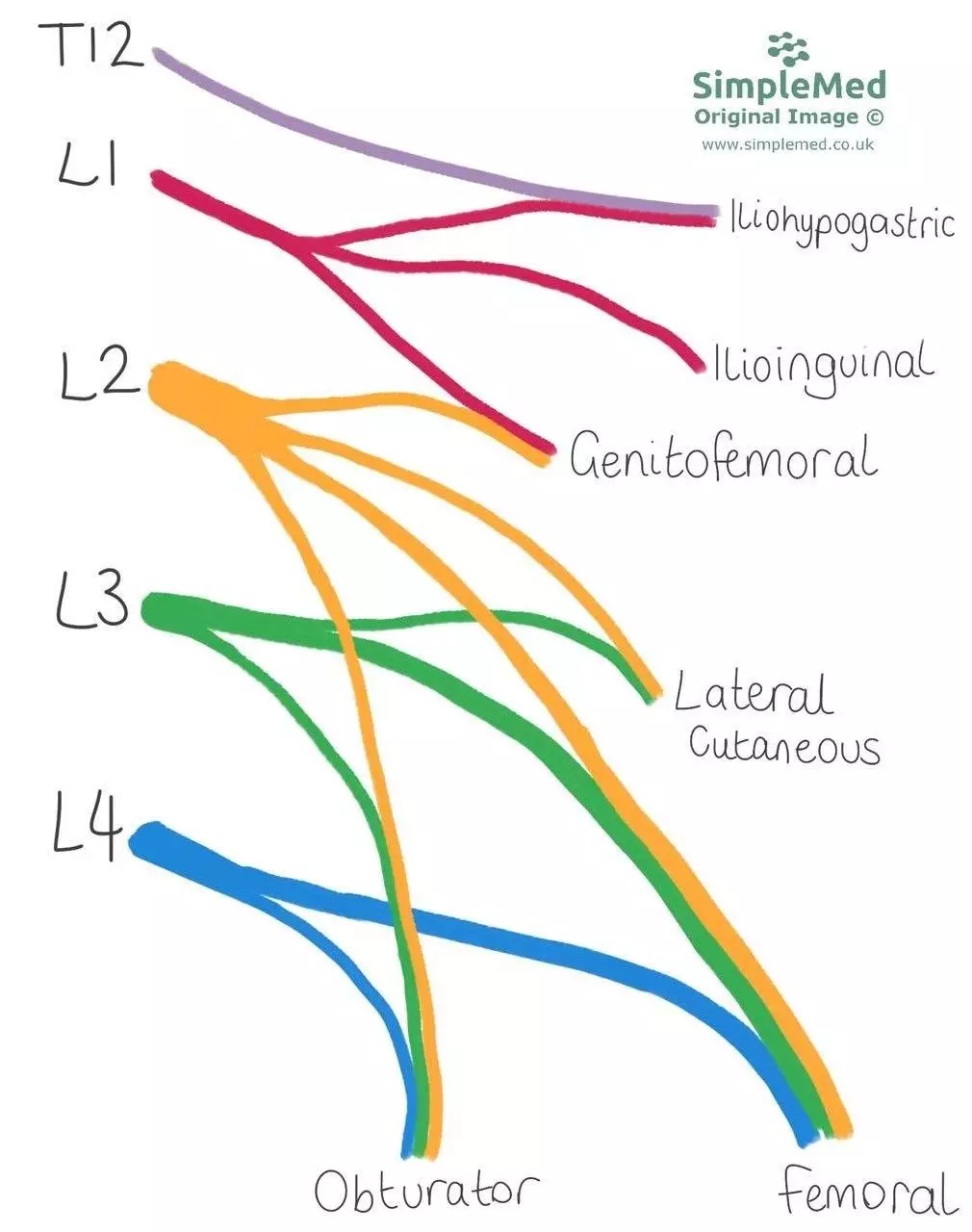
- To recall the parts of the Lumbar Plexus, including the roots and peripheral nerves
- To recall the functions of the peripheral nerves and how these relate to the root
- Understand the consequences of damage to the Lumbar Plexus
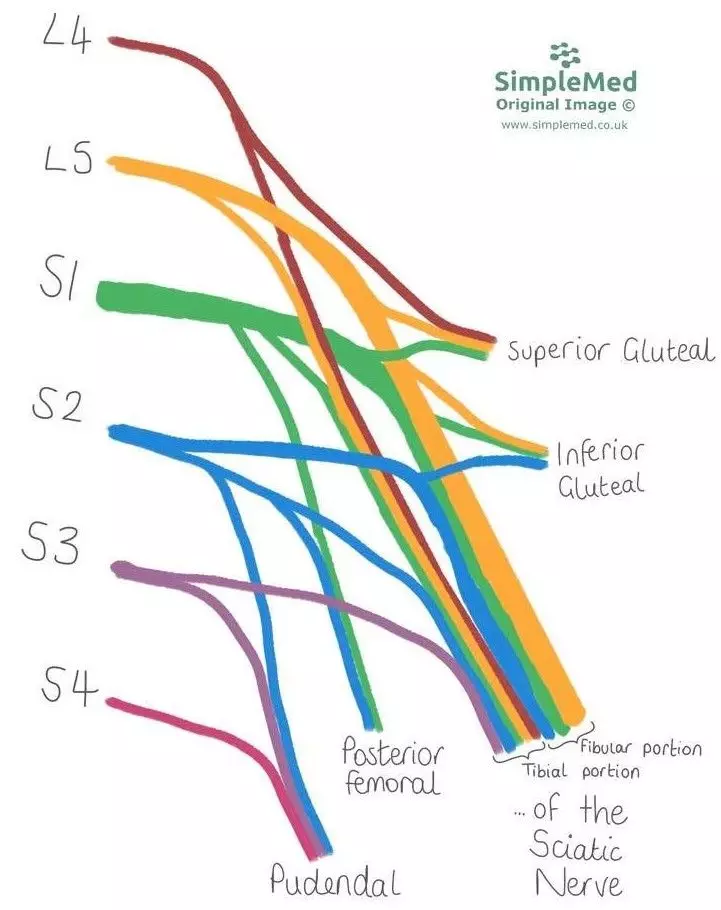
- To recall the parts of the Sacral Plexus, including the roots and peripheral nerves
- To recall the functions of the peripheral nerves and how these relate to the root
- Understand the consequences of damage to the Sacral Plexus
Clinical Conditions
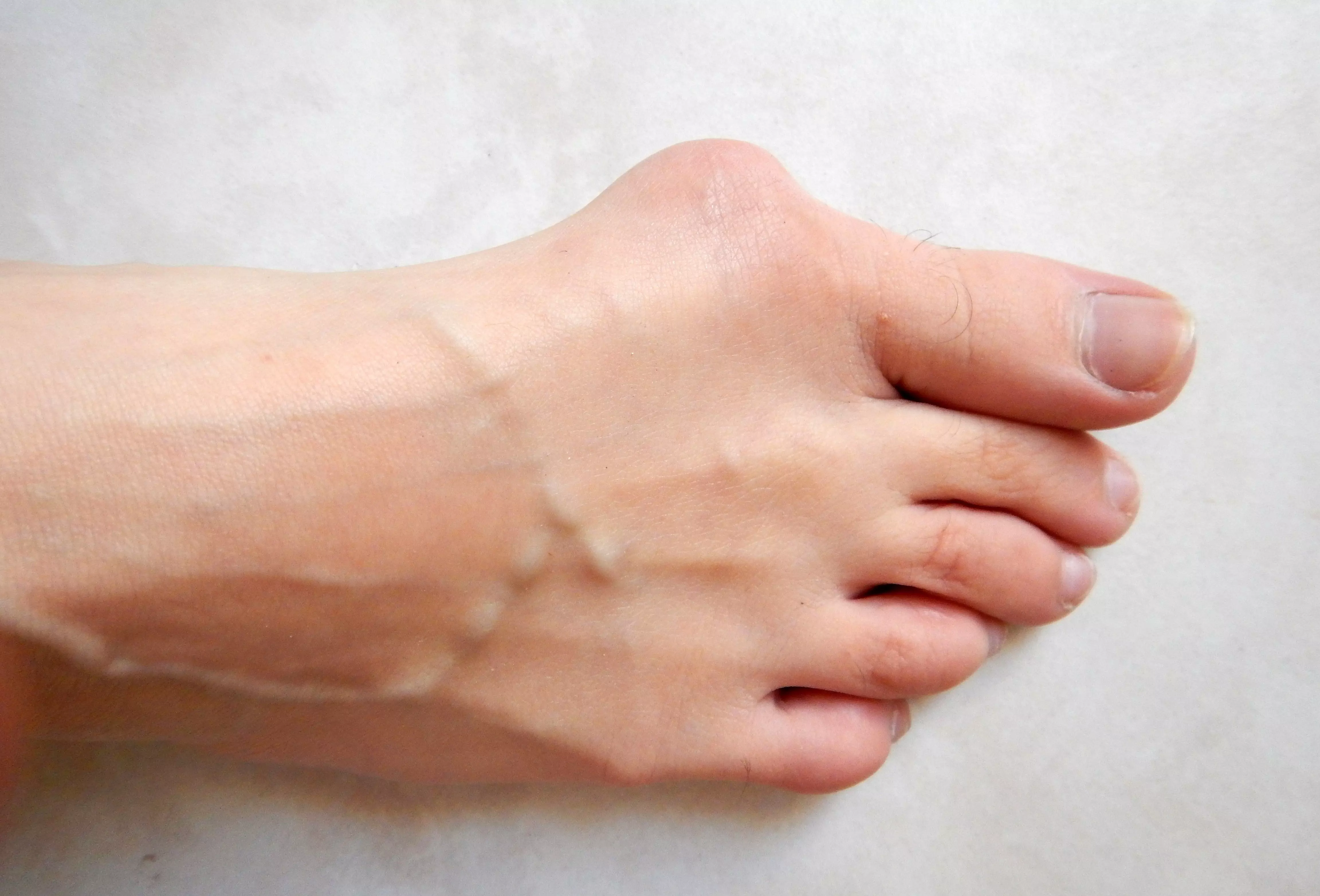
- Describe the common conditions of the foot
- Describe the common presentations of foot conditions
- Describe some of the secondary complications of foot conditions
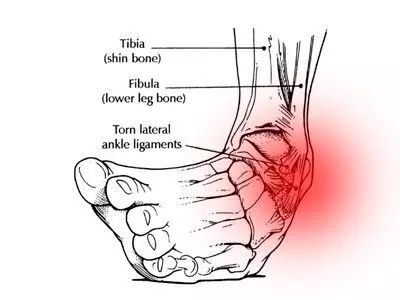
- Describe the common conditions of the ankle
- Describe the common presentations of ankle conditions
- Describe some of the secondary complications of ankle conditions

3. Conditions of the Lower Leg
- Describe the common conditions of the leg
- Describe the common presentations of leg conditions
- Describe some of the secondary complications of leg conditions
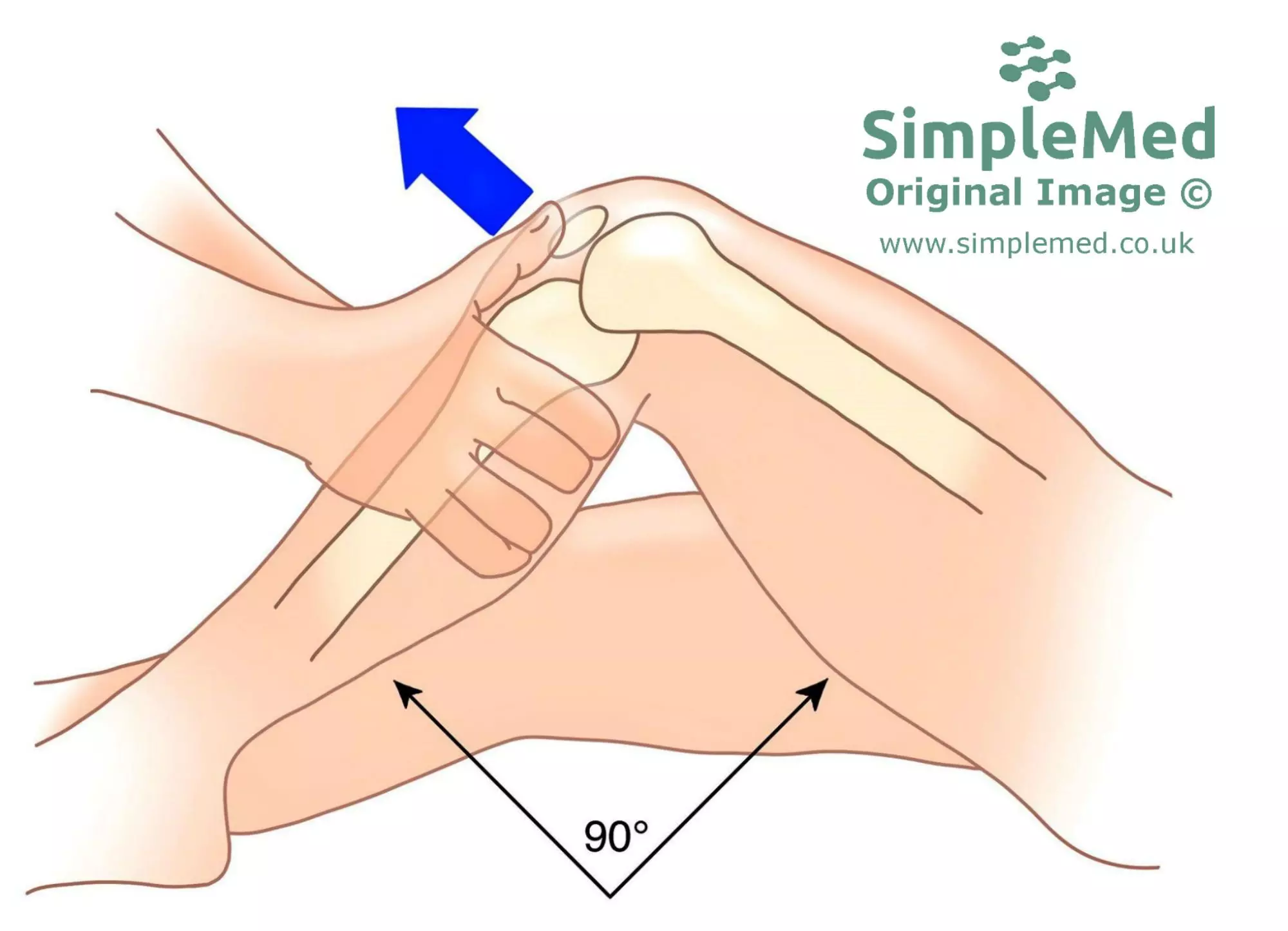
4. Conditions of the Knee
- Describe the common conditions of the knee
- Describe the common presentations of knee conditions
- Describe some of the secondary complications of knee conditions
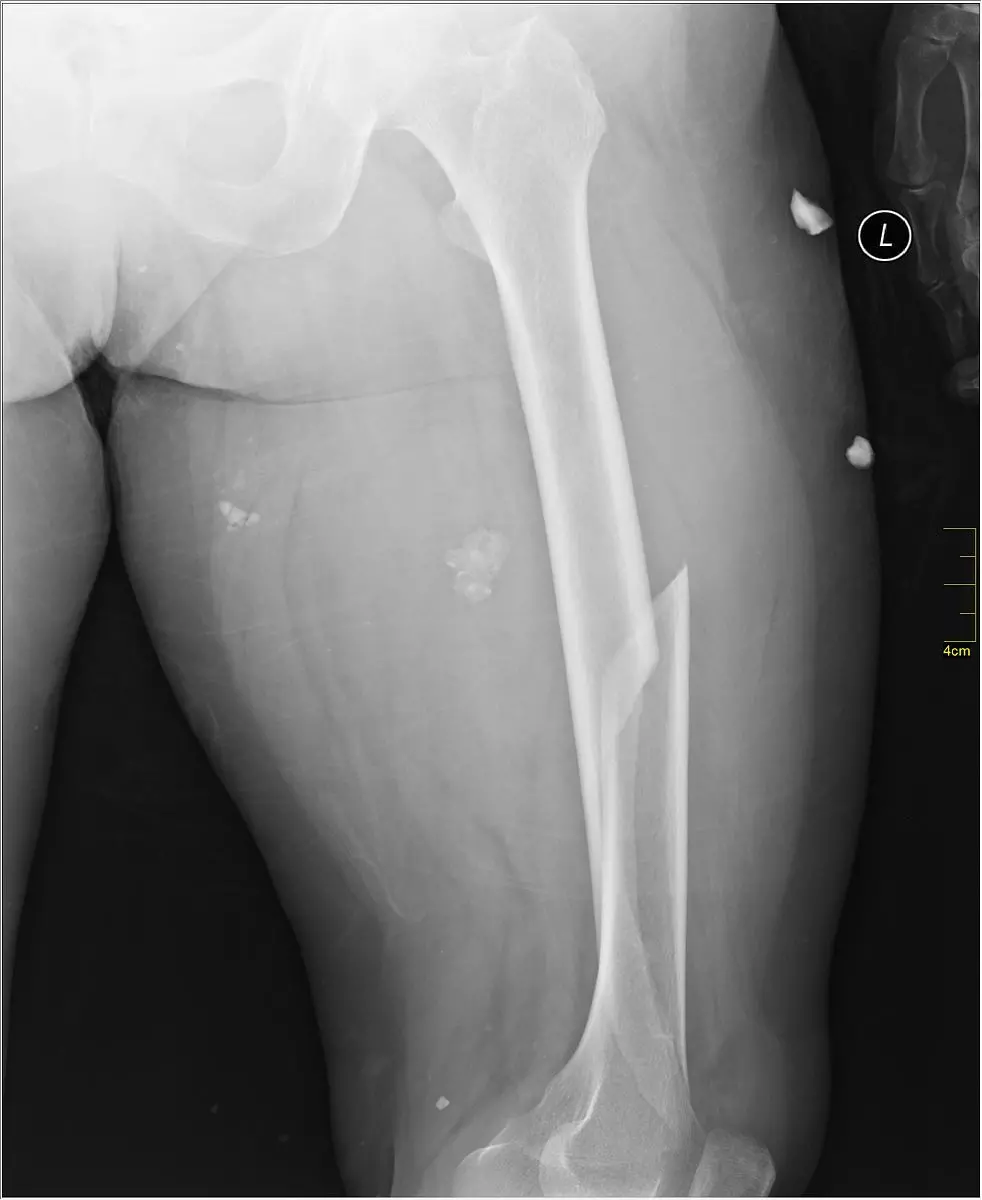
5. Conditions of the Thigh
- Describe the common conditions of the thigh
- Describe the common presentations of thigh conditions
- Describe some of the secondary complications of thigh conditions
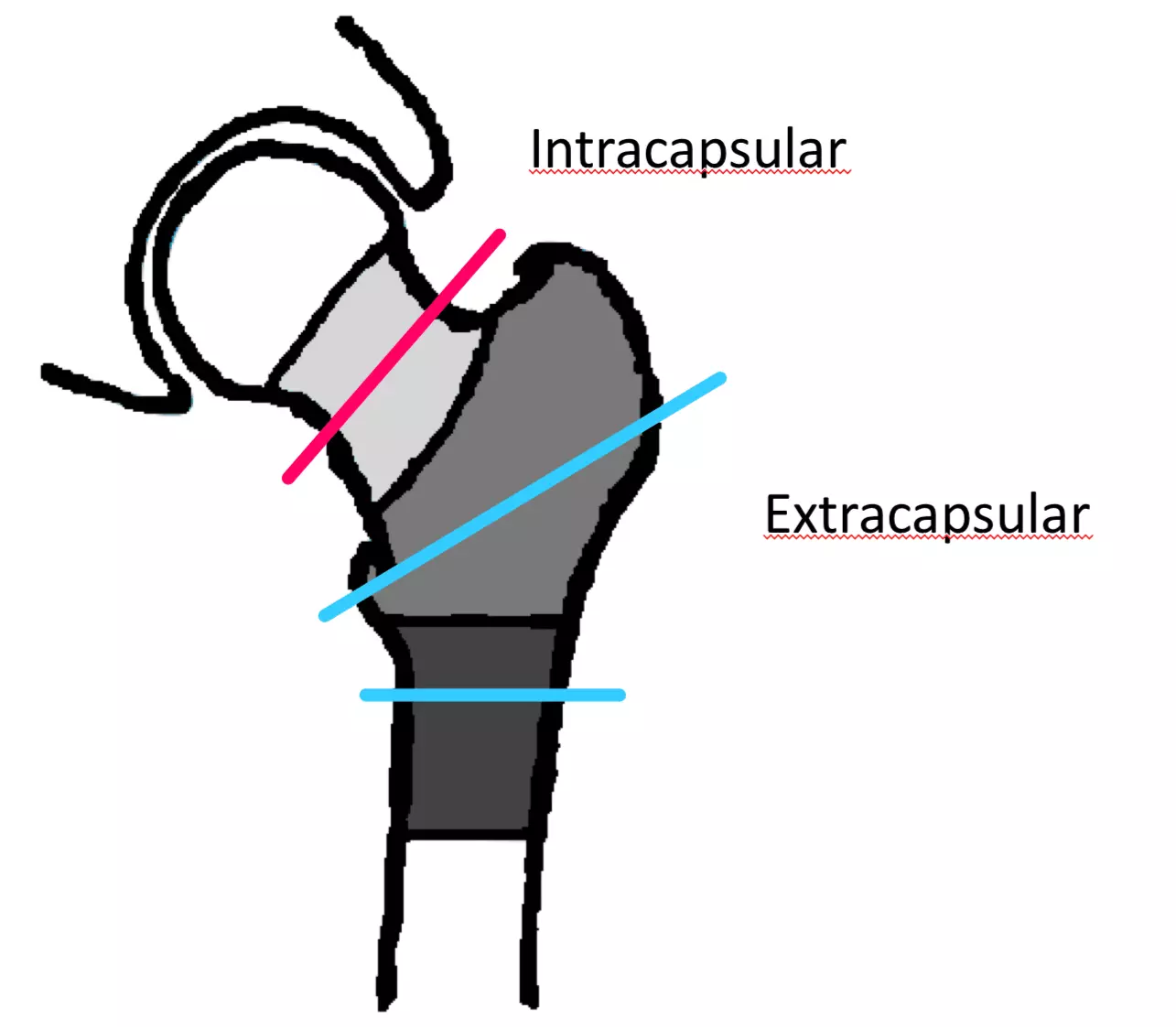
6. Conditions of the Hip
- Describe the common conditions of the hip
- Describe the common presentations of hip conditions
- Describe some of the secondary complications of hip conditions
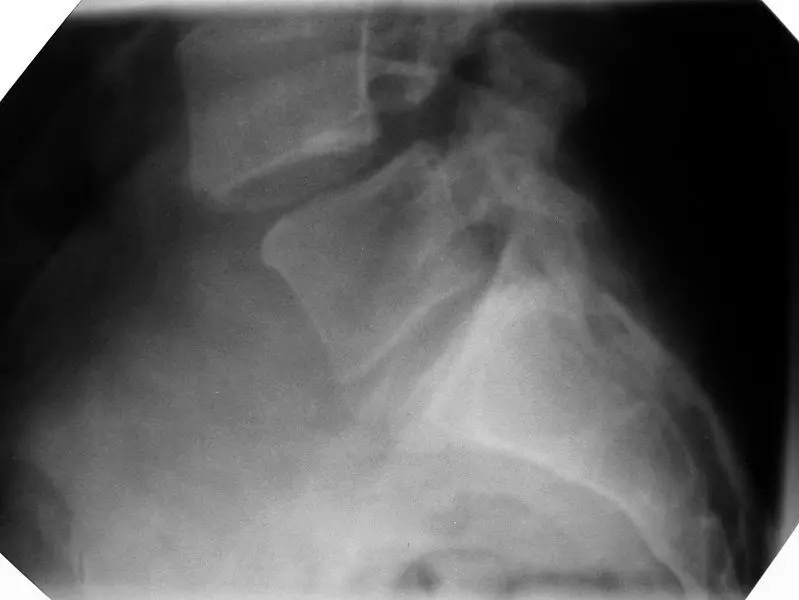
7. Conditions of the Lower Back
- Describe the common conditions of the lower back
- Describe the presentation of lower back conditions
- Describe some secondary complications of lower back conditions
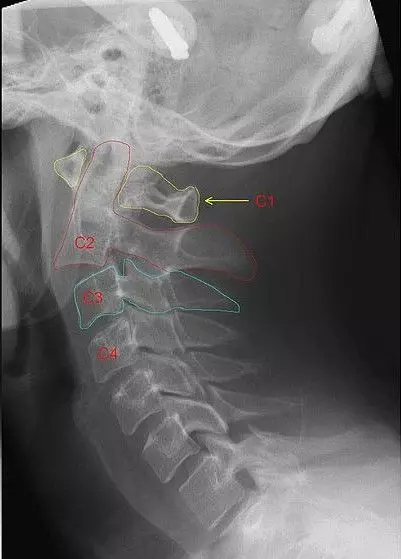
8. Conditions of the Back and Neck
- Describe the common conditions of the back and neck
- Describe the common presentations of back and neck conditions
- Describe some of the secondary complications of back and neck conditions

9. Conditions of the Shoulder and Clavicle
- Describe the common conditions of the shoulder and clavicle
- Describe the common presentations of shoulder and clavicle conditions
- Describe some of the secondary complications of shoulder and clavicle conditions
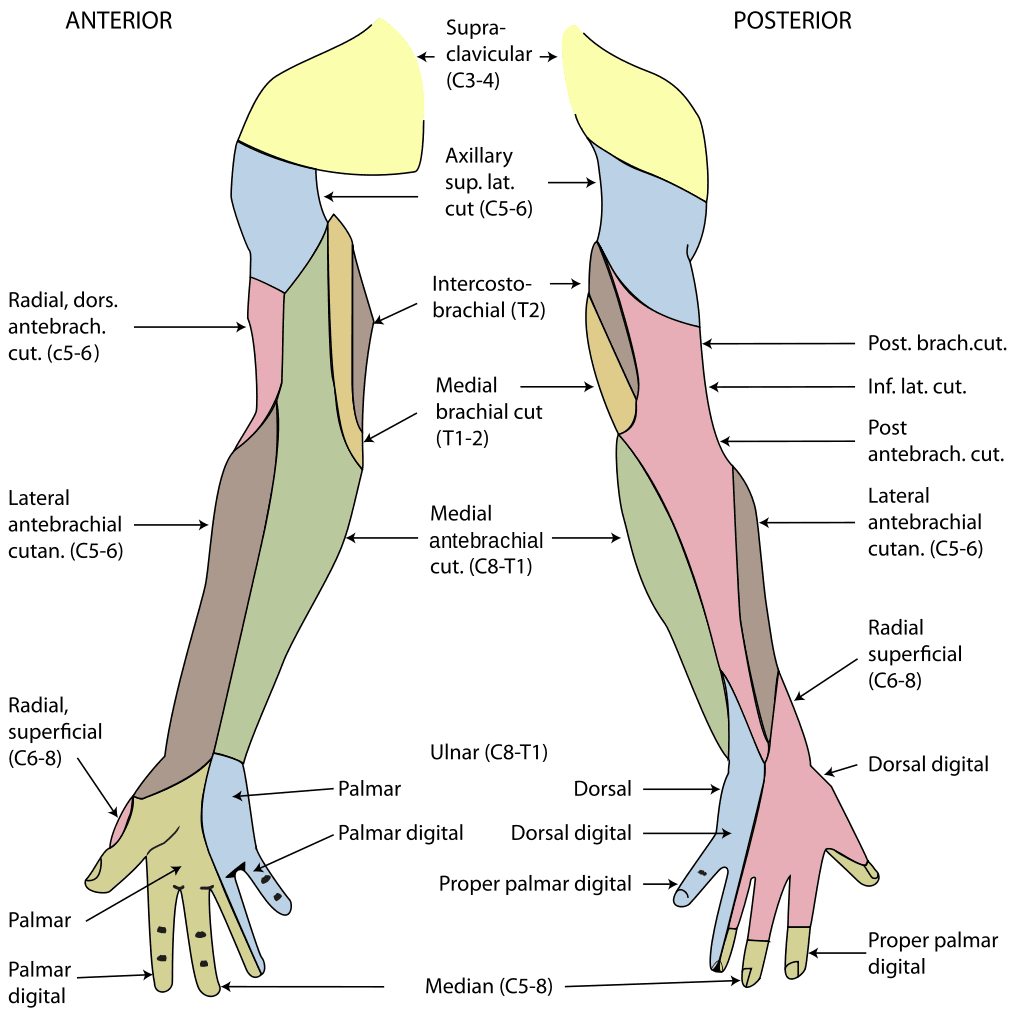
10. Conditions of the Arm
- Describe the common conditions of the arm
- Describe the common presentations of arm conditions
- Describe some of the secondary complications of arm conditions
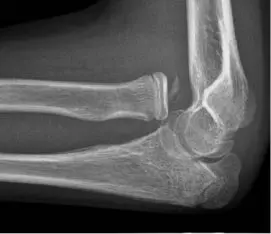
11. Conditions of the Elbow
- Describe the common conditions of the elbow
- Describe the common presentations of elbow conditions
- Describe some of the secondary complications of elbow conditions
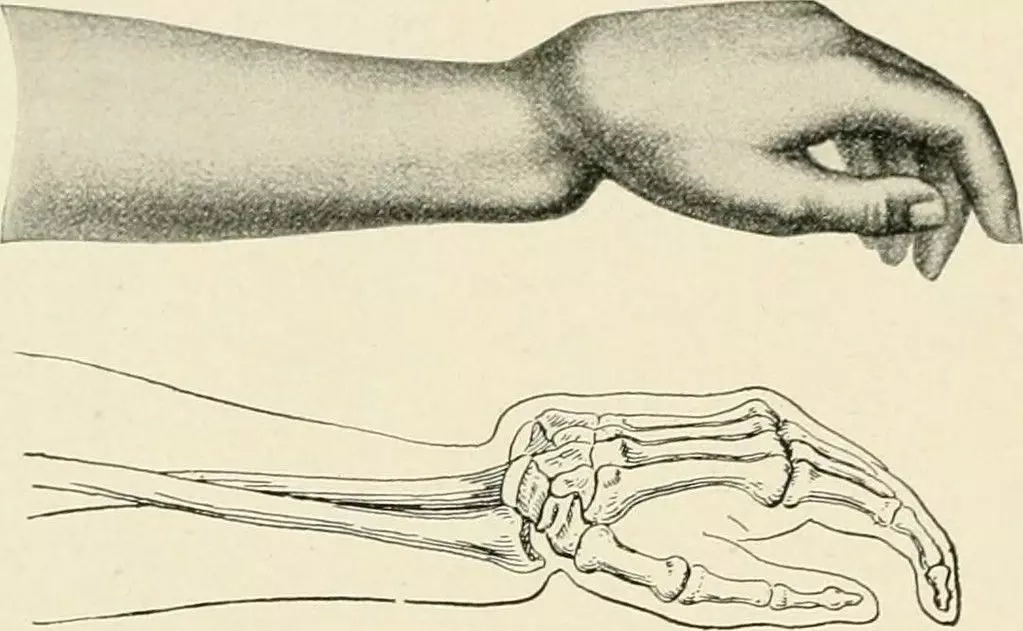
12. Conditions of the Forearm and Wrist
- Describe the common conditions of the hip
- Describe the common presentations of hip conditions
- Describe some of the secondary complications of hip conditions

13. Conditions of the Hand
- Describe the common conditions of the hip
- Describe the common presentations of hip conditions
- Describe some of the secondary complications of hip conditions
Musculoskeletal Anatomy

1. Muscles of the Gluteal Region
- Understand the different muscles of the gluteal region and their relative movements.

- Understand the different muscle compartments of the thigh and their relative movements.
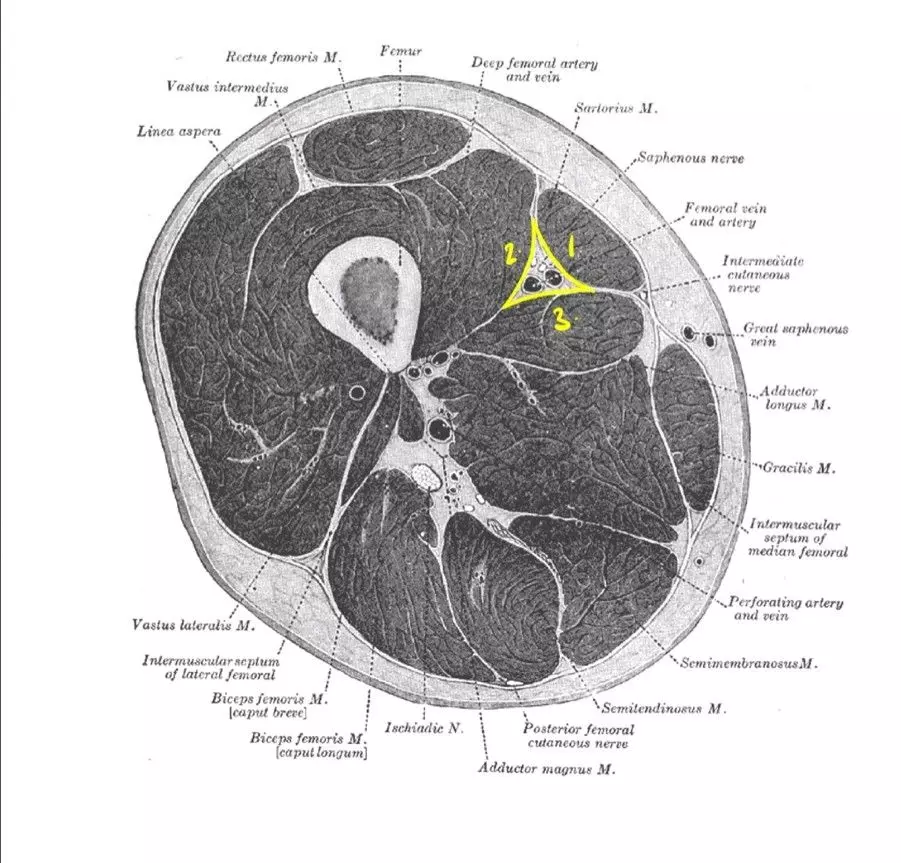
3. Key Areas of the Lower Limb
- Understand the clinical relevance, boundaries and contents of regions within the lower limb.
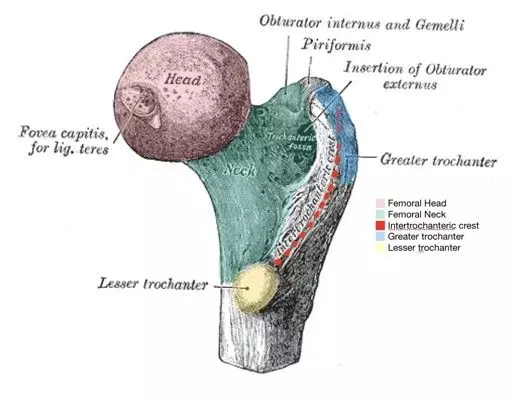
4. The Bones of the Lower Limb
- Learn about the bones that form the lower limb, including the distinct bony landmarks and their clinical relevance.
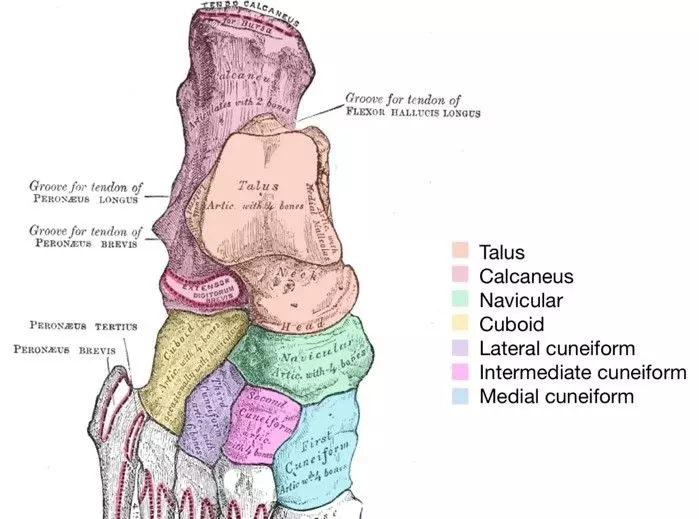
5. The Bones of the Foot
- Identify and understand the location, function and clinical relevance of bones of the foot.
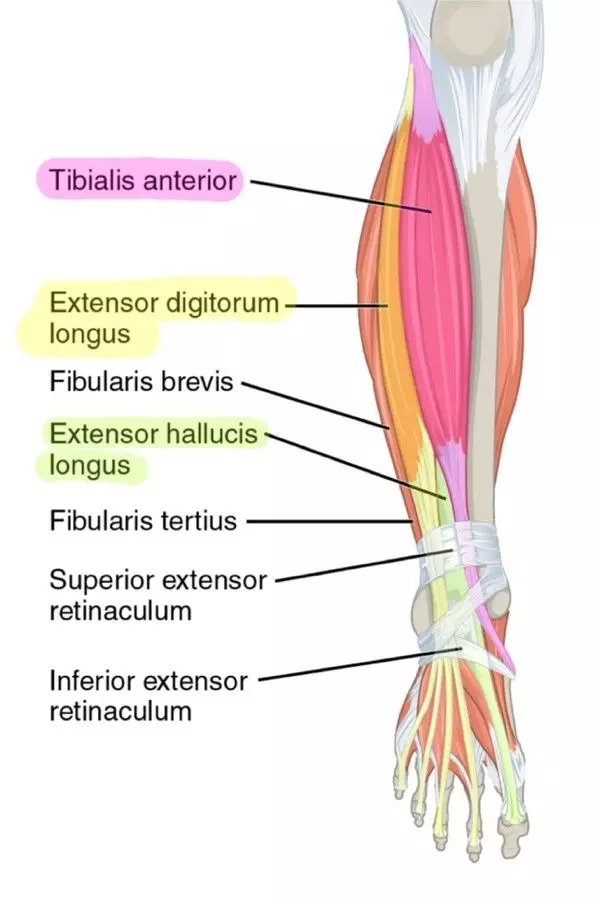
6. Muscles of the Lower Leg
- Understand the different muscle compartments of the leg and their relative movements.
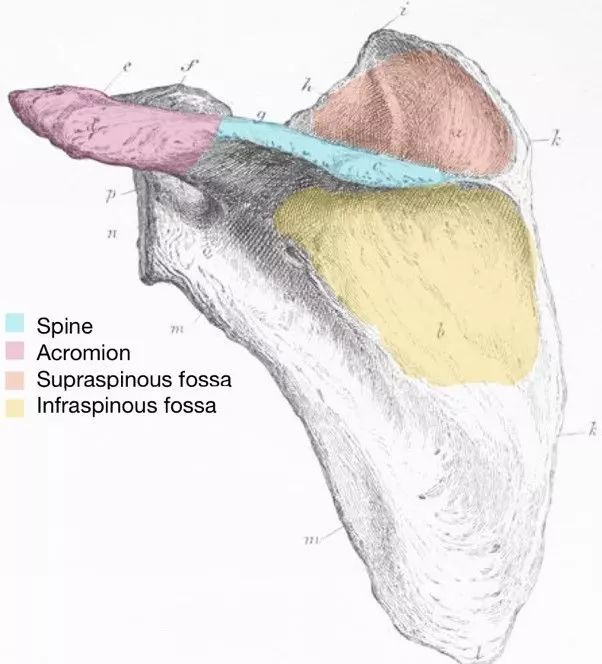
7. Bones of the Upper Limb
- Understand the location, articulation and clinical relevance of key bones in the upper limb.
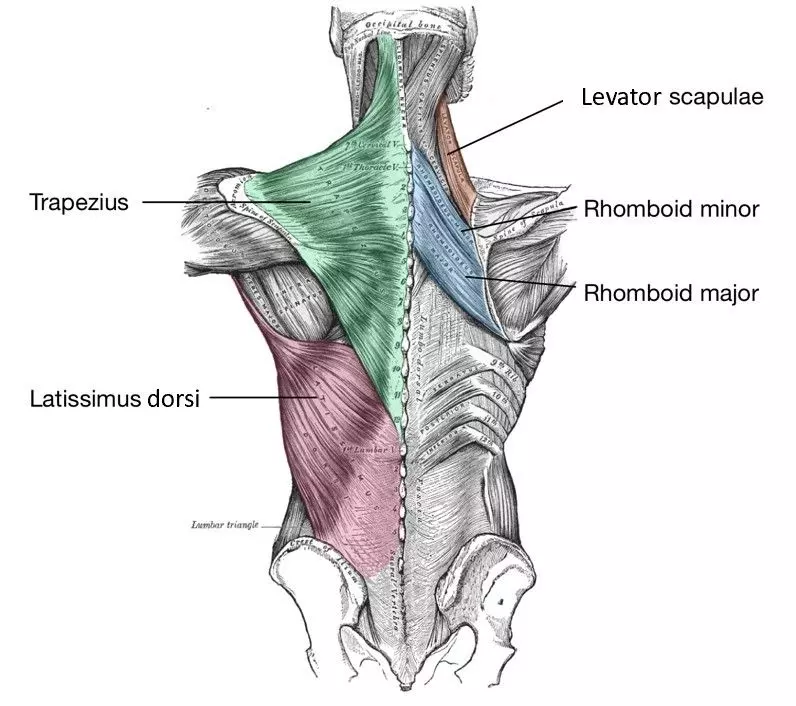
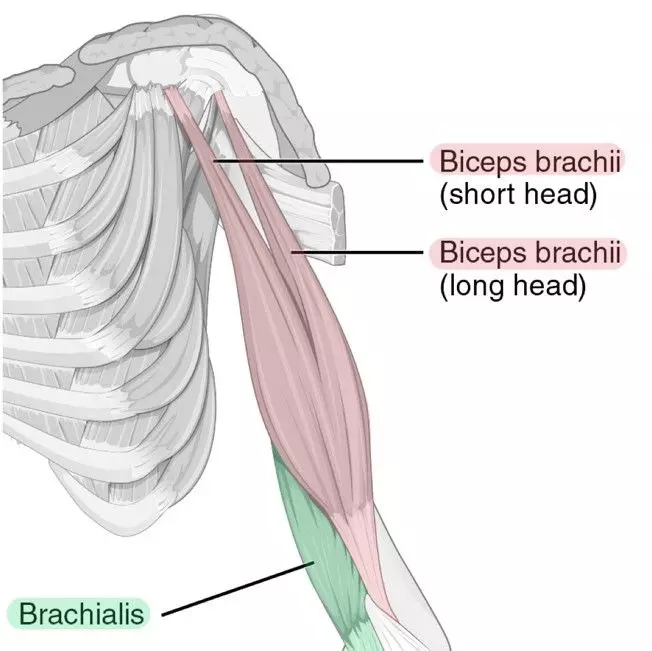

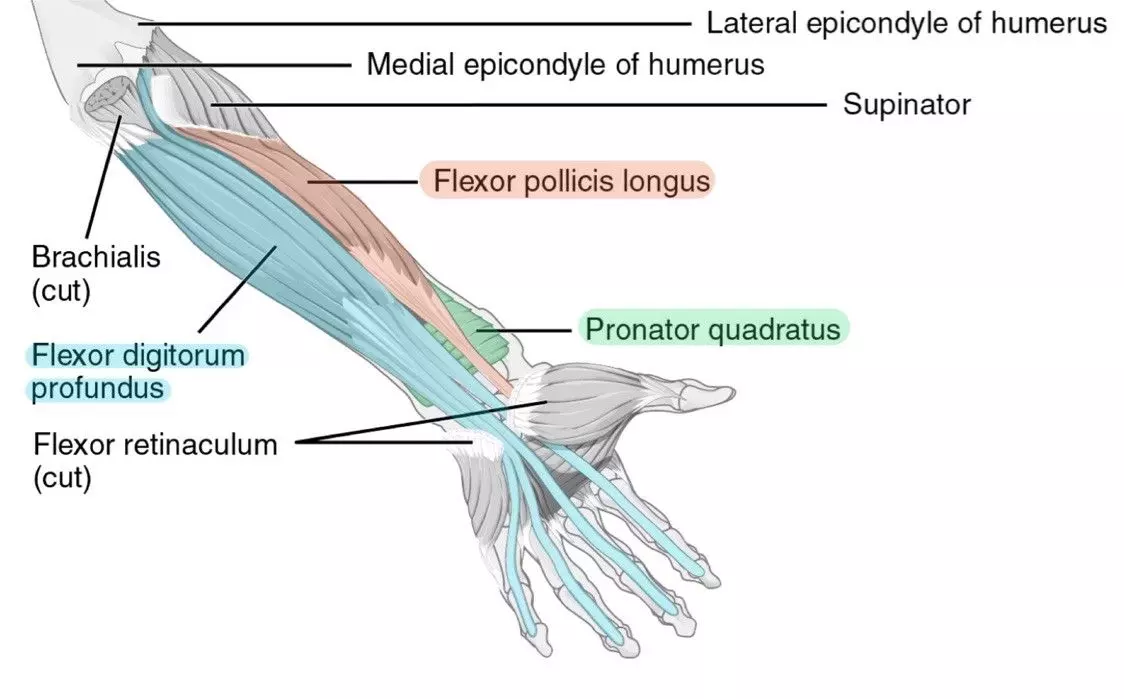
11. Muscles of the Forearm
- Identify the origin, attachment and function of different muscles in the forearm.

12. Key Areas of the Upper Limb
- To understand the borders, contents and clinical relevance of key areas in the upper limb.
Finished here? Check out our other subjects!
The medical information on this site is provided as an information resource only, and is not to be used or relied on for any diagnostic or treatment purposes. This information is intended for medical education, specifically to biological/medical learning inclined individuals, and does not create any doctor-patient relationship, and should not be used as a substitute for professional diagnosis and treatment.

